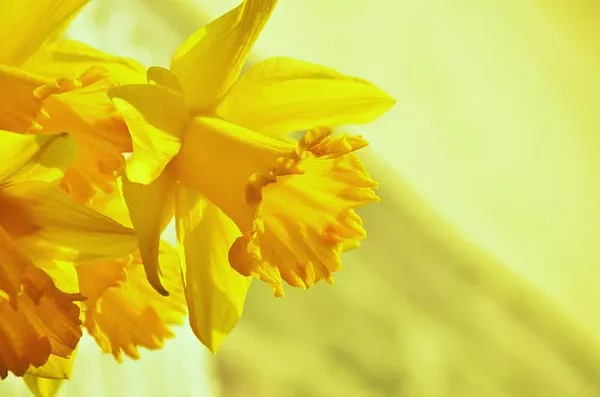Flowers have long been admired for their beauty, fragrance, and symbolic meanings. However, like all living organisms, flowers require water to survive and thrive. This article explores the fascinating topic of how long flowers can last without water. We delve into the various factors that influence flower longevity, such as species, environmental conditions, and cut flower care. Understanding the resilience and limitations of flowers without water can help us appreciate their ephemeral beauty and make informed choices for floral arrangements and displays.
Flowers have captivated humanity for centuries, gracing gardens, events, and celebrations with their enchanting allure. They play an essential role in cultural traditions, expressing emotions, and beautifying spaces. However, behind their captivating beauty lies the reality that flowers, like all living organisms, require water to survive and maintain their vitality. In this article, we explore the question of how long flowers can last without water, shedding light on the factors that influence their longevity and the implications for floral arrangements and cut flower care.
The Role of Water in Flower Health:
Water is a vital resource for plants, and flowers are no exception. Through a process known as transpiration, flowers absorb water through their stems and distribute it to various parts of the plant. Water is essential for maintaining cell turgidity, enabling the flower to stand upright and display its vibrant colors. Additionally, water facilitates the transportation of nutrients from the soil to the flower, supporting its growth and development.
Factors Affecting Flower Longevity Without Water:
1. Flower Species:
Different flower species exhibit varying degrees of resilience without water. Some flowers, like sunflowers and zinnias, are relatively hardy and can last several hours without water. Others, such as roses and lilies, are more delicate and may wilt more quickly when deprived of water.
2. Environmental Conditions:
Environmental factors play a significant role in determining how long flowers can last without water. High temperatures and low humidity levels can accelerate water loss through transpiration, causing flowers to wilt faster. Conversely, cooler temperatures and higher humidity levels can prolong their lifespan.
3. Cutting and Handling:
Proper cutting and handling practices significantly impact the longevity of cut flowers. A clean and sharp cut at an angle enables better water absorption, while avoiding injury to the stem’s vascular system. Rough handling or bruising can obstruct water uptake and shorten the flower’s lifespan.
4. Flower Maturity:
The stage of flower maturity at the time of cutting can influence how long it will last without water. Flowers cut when they are fully mature are likely to have a shorter vase life compared to those cut when the buds are still slightly closed.
5. Ethylene Exposure:
Ethylene is a natural gas produced by certain fruits and flowers as they ripen. Exposure to ethylene can accelerate the aging process of flowers and cause them to wilt more quickly.
How Long Can Cut Flowers Last Without Water?
The exact duration that cut flowers can survive without water varies widely depending on the factors mentioned above. On average, most cut flowers can last anywhere from a few hours to several days without water. Here are some examples of the approximate lifespans of popular cut flowers without water:
Roses: 4 to 12 hours
Tulips: 2 to 5 hours
Carnations: 12 to 48 hours
Lilies: 2 to 3 days
Sunflowers: 6 to 12 hours
Orchids: 2 to 3 days
Prolonging the Vase Life of Cut Flowers:
While cut flowers are ephemeral by nature, proper care can extend their vase life and maintain their beauty for as long as possible. Here are some tips for prolonging the longevity of cut flowers:
1. Cut the Stems:Immediately upon receiving the flowers or before arranging them, cut the stems at a 45-degree angle under running water. This allows for better water uptake.
2. Remove Foliage:Remove any leaves that will be submerged in water to prevent bacterial growth, as this can clog the flower’s stem and hinder water absorption.
3. Use a Clean Vase:Ensure the vase is clean and free from any residue or bacteria that could contaminate the water.
4. Change the Water:Regularly change the water in the vase and clean the container to prevent the buildup of bacteria.
5. Add Floral Preservatives:Use commercial floral preservatives in the water to provide nutrients and inhibit bacterial growth.
Conclusion:
Flowers, with their exquisite beauty and evanescent charm, bring joy and inspiration to our lives. Understanding how long flowers can last without water and the factors that influence their vase life allows us to appreciate their resilience and the care needed to prolong their beauty. Whether used in floral arrangements, bouquets, or displays, cut flowers deserve our admiration and thoughtful consideration to preserve their ephemeral splendor for as long as possible. Through proper care and appreciation, we can continue to cherish the natural wonders that flowers bring into our lives.


